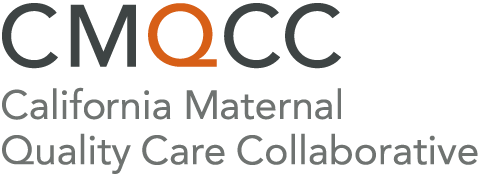CMQCC led two statewide hemorrhage collaboratives in 2009 and 2011 focused on implementing standardized hemorrhage protocols, quantification of blood loss (QBL), hands-on drills and consistency in coding and reporting.
Following the initial release of the Improving Health Care Response to Obstetric Hemorrhage toolkit, CMQCC launched the California Partnership for Maternal Safety (CPMS) — a three-year outreach collaborative funded by Merck for Mothers to help hospitals implement patient safety bundles for obstetric hemorrhage and preeclampsia in 2013. In order to best accommodate the 126 hospitals across California participating in CPMS, CMQCC used “the mentor model,” where a physician and nurse mentor with maternal quality improvement experience were matched with groups of 58 hospitals. The CPMS Collaborative focused on helping hospitals implement CMQCC’s evidence-based toolkits and standardize their approaches to obstetric hemorrhage and preeclampsia.
Results from the collaborative published in the American Journal of Obstetrics & Gynecology show promising reductions in severe maternal morbidity. The publication Reduction of Severe Maternal Morbidity from Hemorrhage Using a State Perinatal Quality Collaborative, reports that severe maternal morbidity among women with hemorrhage was reduced by 20.8 percent from 2014 to 2016 among the 126 hospitals participating in the collaborative, compared with only a 1.2 percent reduction in nonparticipating hospitals. Hospitals that had also participated in the previous hemorrhage collaboratives in 2009 and 2011 reported an even larger reduction in maternal morbidity– 28.6 percent.
